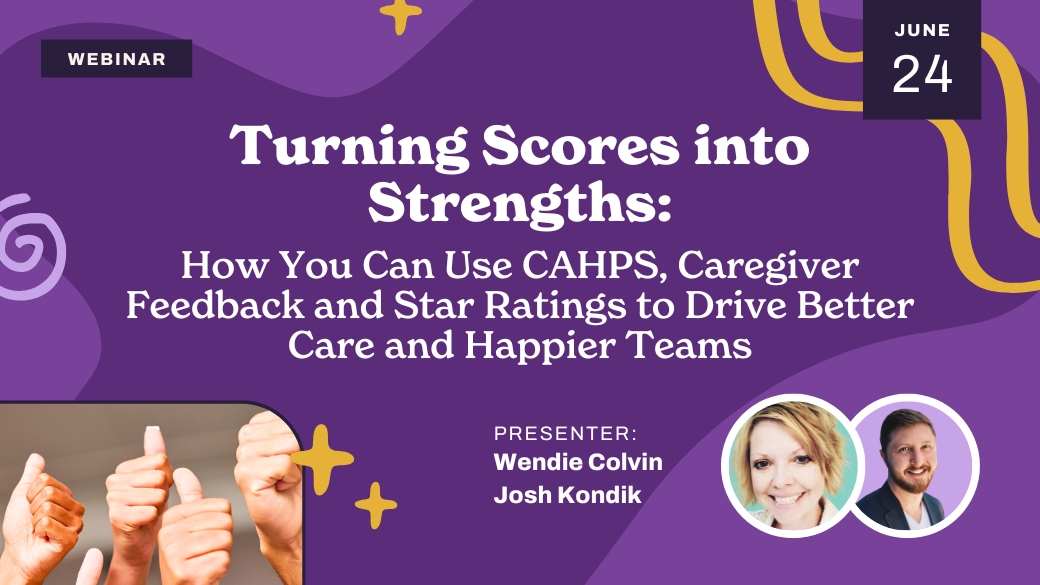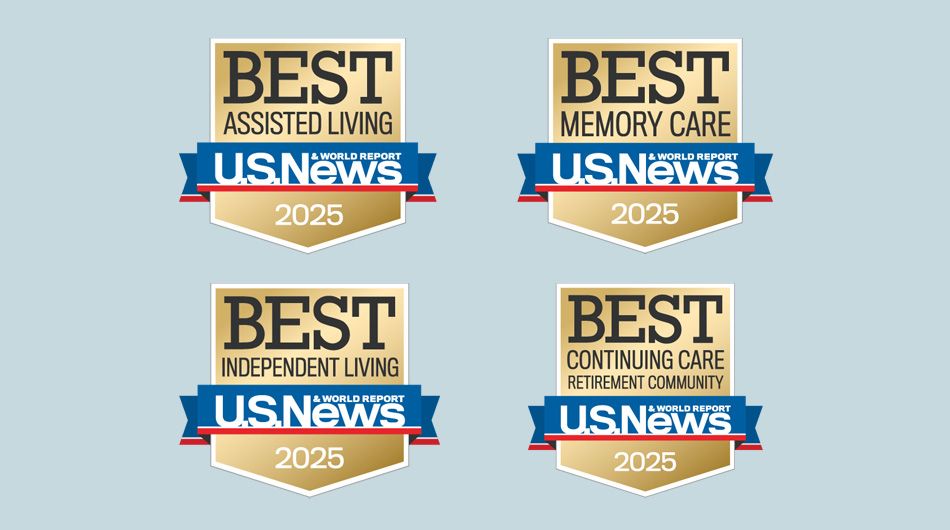With schedulers acting as air traffic controllers for all scheduled shifts, it’s important to recognize the most common scheduling problems and train them on best practices.
Guest blog by Linda Teaman, CEO of Rosemark System
When it comes to managing a home care agency, we know that owners and office staff are always searching for ways to improve and optimize operations. We also know that when it comes to improvements, issues like caregiver turnover and new client acquisition get a lot of attention, and rightly so. However, significant gains can be made in other areas of the business as well.
One such area can be found when looking at scheduling practices. Since the position of scheduler serves as a sort of air traffic controller for all scheduled shifts, it’s critical that agency leadership give adequate focus to this position and encourage the employment of best practices wherever possible.
At Rosemark we work closely with schedulers on a regular basis to help train new staff members and to help troubleshoot issues they may be encountering. Throughout our many years working with the home care industry, we’ve compiled a list of scheduling problems we often see and have some suggestions for managing them.
Issue #1: Your home care business doesn’t have the right person in the scheduling position.
This is one of the most common issues we see when it comes to scheduling and it has one of the biggest negative impacts. Put simply, when staffing for this position home care agencies should put great effort into finding the best candidate who is truly qualified for the role as scheduler. It’s a critical role within the organization because this person interfaces with both caregivers and clients on a regular basis and can have a great effect on the happiness and satisfaction of both groups.
Solution:
Be careful when staffing this position and have a clear set of desired skills and qualifications in mind when posting the role and interviewing candidates. We believe that one of the most important qualities a scheduler should possess is the ability to be a problem solver. This role is going to require creative thinking and the desire to solve issues on a regular basis. If a candidate doesn’t possess that desire, it’s going to be extremely difficult to manage the daily demands of the role.
Your scheduler must also be agile and able to think quickly on their feet as they will be required to deal with multiple issues at once on a regular basis. The ability to deftly manage issues and toggle in between them as needed while solutions are created is critical.
Your scheduler must also be technologically proficient enough to utilize the scheduling tools your agency’s software system provides with ease. If your scheduler is averse to learning how to use new technology and systems, they will have an incredibly hard time performing their main job tasks and much time will be lost and mistakes will be made.
Issue #2: Too often, new schedulers are not fully trained before being left to work independently.
Many times our Rosemark customer care representatives encounter new schedulers who just don’t understand how to competently utilize the software because they haven’t been adequately trained. While caregiver turnover is the issue most commonly talked about in the industry, we know that office staff turnover can also be an issue. And when you’re dealing with frequent turnover issues, it can be difficult to adequately prepare new staff to be successful in their roles.
Solution:
While full and proper training of a new scheduler takes time, it’s an excellent and needed investment in your business. Work with your software provider to determine what training assistance they offer and develop a training plan that you can efficiently follow each time you bring on a new scheduler. Since your caregivers and clients rely on competent office staff to facilitate the scheduling of shifts and the many other issues that can arise, it’s critical that your scheduler understand how to fully utilize the software to take advantage of automations, be efficient, avoid mistakes, and just simply keep clients and caregivers satisfied and happy.
Issue #3: Your caregiver shifts are scheduled too close together.
We often see agencies working hard to maximize how many shifts a caregiver can take on in a day. This can lead to shifts that are scheduled too tightly and don’t allow for a little extra time should unforeseen events arise, making your caregiver late to their next shift. In a domino effect, these late arrivals can then also cause problems with Electronic Visit Verification (EVV) reporting because your staff is then forced to spend time reconciling the time discrepancy.
Solution:
Train your scheduler to leave adequate time in between caregiver shifts that will allow for things like travel back-ups when driving from one client’s location to another. More time between shifts can also allow your caregiver to handle a last-minute client request at the end of a shift that they may not have otherwise have time to take care of. Especially given that being on time is something your caregivers will be measured on when it comes time for performance reviews, you want to make sure that you’re not forcing your caregiver to deny a client request simply because they don’t want to have a late clock-in at the next shift.
Issue #4: Your agency isn’t utilizing caregiver-client matching tools.
This is a fairly simple thing to do but agencies don’t always do it. The result is that you can end up pairing caregivers and clients who don’t make a good match for a variety of reasons. For example, one of the most obvious and problematic issues that can arise when not using matching tools is accidentally matching a client who needs specialized care for something like dementia to a caregiver who is not qualified to provide that kind of care.
A less obvious issue could be pairing a caregiver who is a pet owner with a client who has pet allergies. This can result in a missed or not completed shift if the caregiver must leave the client’s house once the issue is discovered.
Solution:
If your software system provides it, make utilization of matching tools part of your scheduling process. Work with your staff to establish a process for capturing key information about your caregivers and clients and then include this information in their profile within your software system. It takes a little extra time to do this, but it will pay off in the long run with fewer scheduling mistakes and increased caregiver and client satisfaction.
Looking for more information and key insights to help your home care operations run more smoothly? The Rosemark System has provided home care management software to home care agencies around the U.S. and Canada for nearly two decades and we’ve compiled a wealth of valuable knowledge on best practices for operating a business in this industry. Visit the Rosemark website and blog at https://rosemarksystem.com/ for more tips and information.
Learn more:
Related Posts






